Dracaena: The Versatile and Resilient Indoor Plant
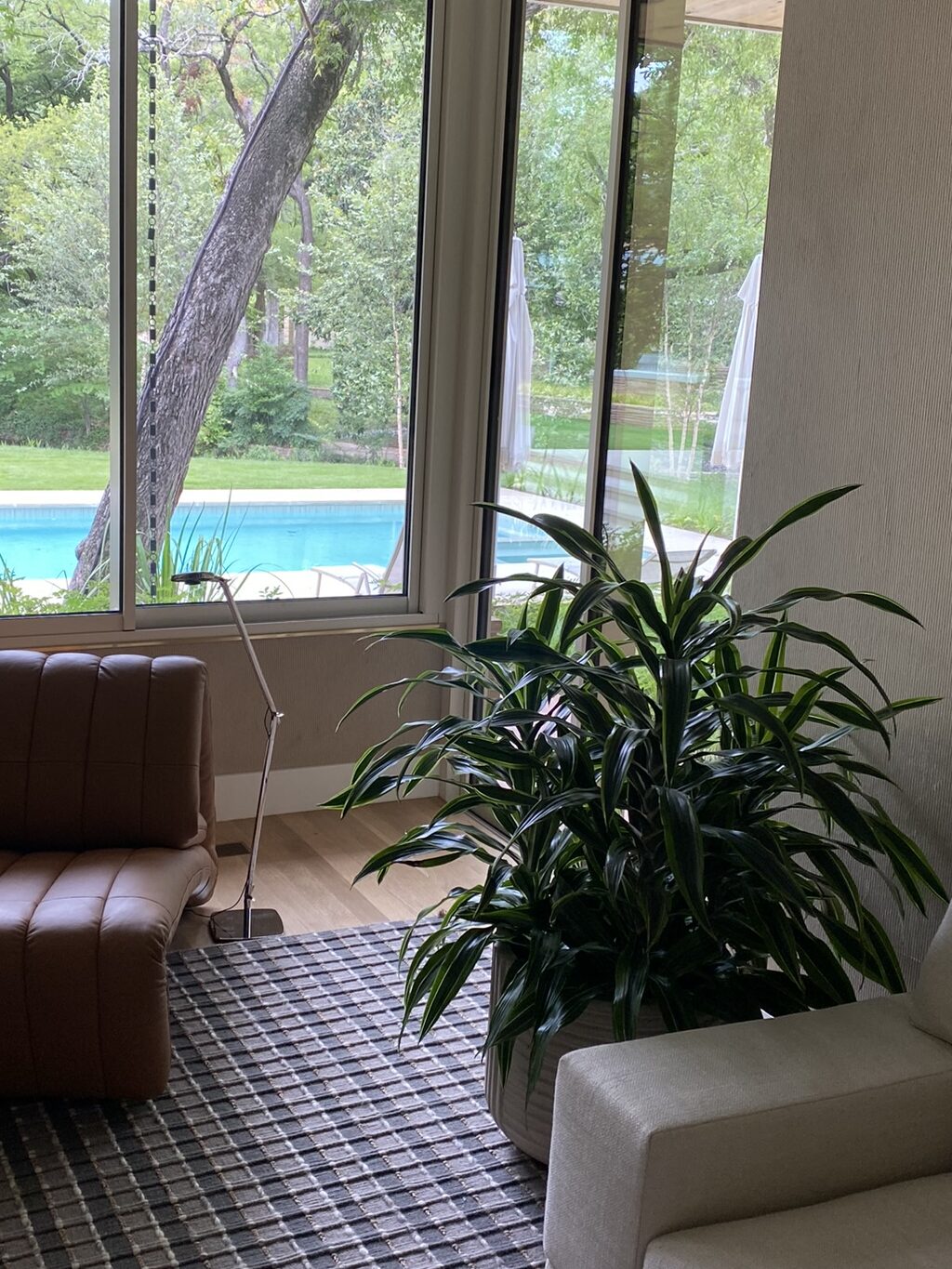
Dracaena, a genus of evergreen trees and shrubs, is renowned for its striking appearance and adaptability, making it a popular choice for indoor gardening. With over 120 species, Dracaena plants vary significantly in size, shape, and color, providing numerous options for enhancing interior spaces. This essay delves into the characteristics, benefits, care, and design applications of Dracaena, underscoring why it has become a beloved staple in modern homes and offices.
Characteristics and Varieties
Dracaena plants are distinguished by their distinctive foliage, which can range from narrow and sword-like to broad and lush. Native to tropical and subtropical regions of Africa, Asia, and Central America, Dracaena has adapted well to indoor environments. Here are some of the most popular varieties:
**1. *Dracaena Marginata (Dragon Tree):*
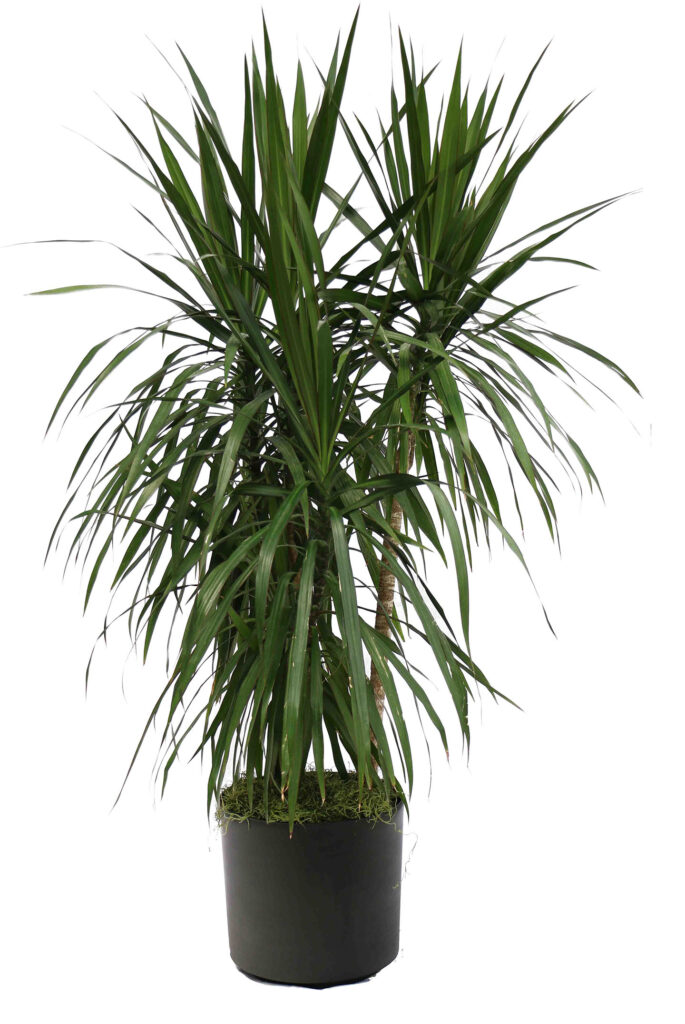
Known for its slender, arching leaves with red margins, Dracaena marginata is a popular choice for adding a vertical element to interior spaces. It typically grows to a height of 6 to 10 feet, making it an impressive focal point. Its hardy nature and tolerance for low light conditions make it a versatile plant for various indoor settings.
**2. *Dracaena Fragrans (Corn Plant):*
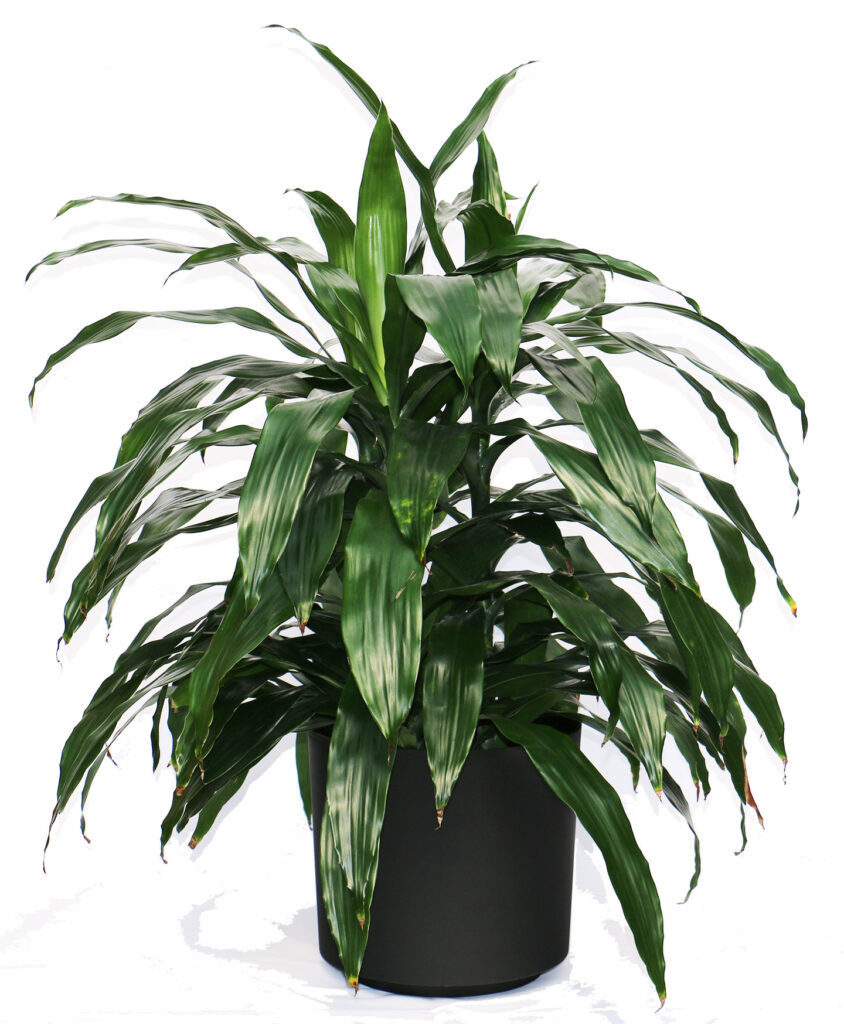
Characterized by its broad, glossy leaves that resemble corn stalks, Dracaena fragrans can grow up to 10 feet tall in optimal conditions. It’s a slow grower but can make a significant impact with its lush foliage. It’s particularly valued for its air-purifying qualities and ability to thrive in lower light conditions.
Benefits of Dracaena
Dracaena plants offer several advantages beyond their aesthetic appeal, contributing to healthier and more enjoyable indoor environments:
**1. *Air Purification:*
Dracaena is renowned for its air-purifying properties. It can filter out toxins such as formaldehyde, benzene, and trichloroethylene from the air. This makes it an excellent choice for improving indoor air quality, particularly in spaces with limited ventilation.
**2. *Low Maintenance:*
One of the main reasons for Dracaena’s popularity is its low maintenance requirements. Dracaena plants are relatively easy to care for and can tolerate a range of indoor conditions. They are forgiving of occasional neglect, making them ideal for busy individuals or those new to plant care.
**3. *Aesthetic Versatility:*
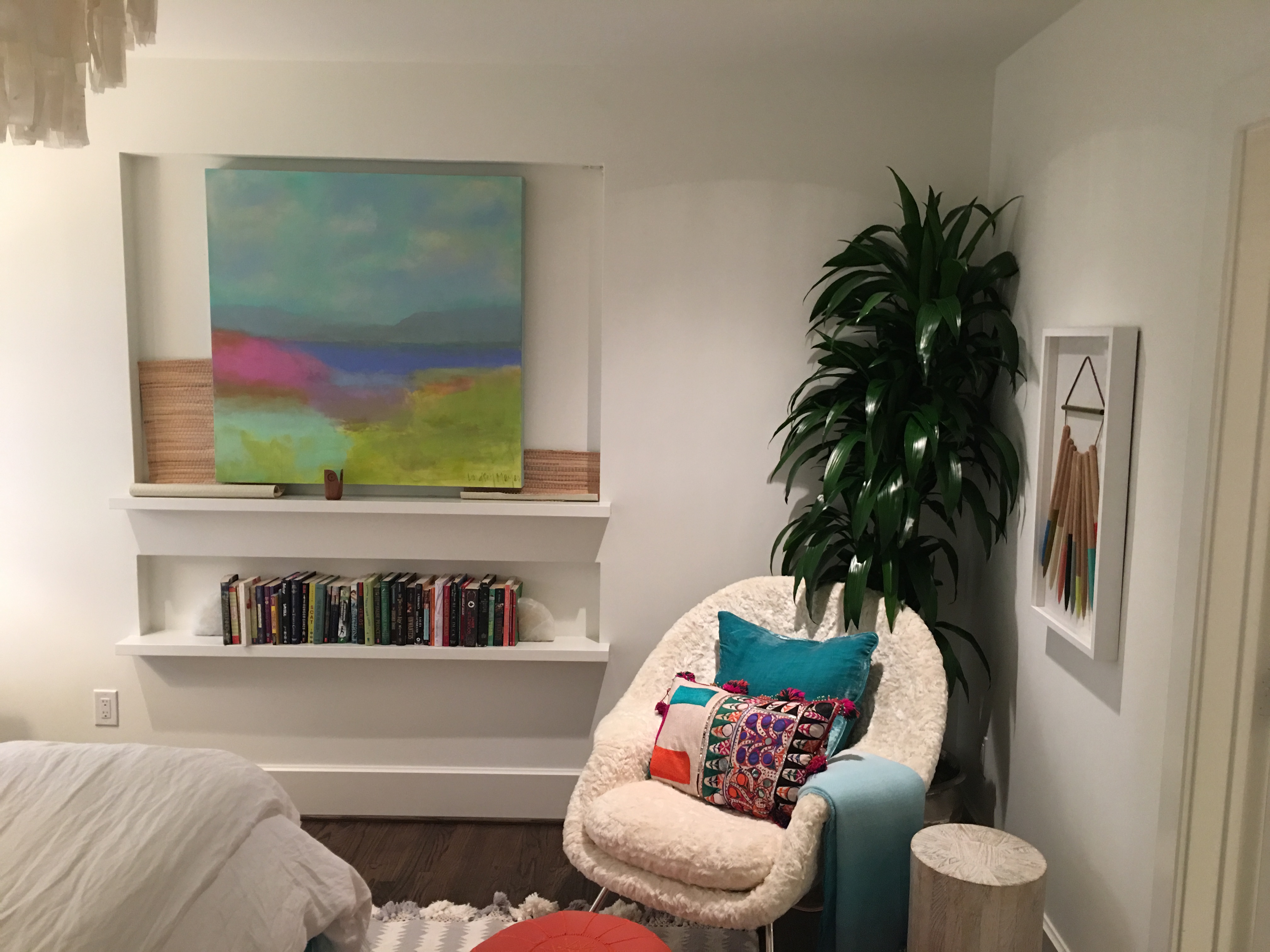
With its diverse range of species and growth habits, Dracaena can complement various interior design styles. Whether you’re looking for a tall, dramatic plant or a compact, colorful addition, there’s a Dracaena variety to suit your needs.
**4. *Indoor Adaptability:*
Dracaena’s adaptability to different light conditions makes it suitable for various indoor environments. While it prefers bright, indirect light, it can also tolerate low light conditions, making it a flexible choice for different areas of the home or office.
Caring for Dracaena
Although Dracaena is relatively low-maintenance, proper care is essential to keep the plant healthy and vibrant. Here are some key aspects of Dracaena care:
**1. *Light Requirements:*
Dracaena plants generally prefer bright, indirect light but can tolerate lower light conditions. Avoid placing them in direct sunlight, as this can scorch their leaves. For optimal growth, provide bright, filtered light or place the plant near a window with indirect sunlight.
**2. *Watering:*
Dracaena has moderate watering needs. Allow the top inch of soil to dry out between waterings. Overwatering can lead to root rot, so ensure the plant is in well-draining soil and avoid letting it sit in excess water. During the winter months, reduce watering as the plant’s growth slows down.
**3. *Humidity and Temperature:*
Dracaena plants thrive in average indoor humidity but can benefit from occasional misting or the use of a humidifier, particularly in dry environments. They prefer temperatures between 65°F and 80°F (18°C to 27°C) and should be protected from cold drafts and sudden temperature fluctuations.
**4. *Pruning and Maintenance:*
Prune Dracaena to maintain its shape and remove any yellowing or dead leaves. For taller varieties, trim the top to encourage bushier growth and prevent legginess. Regular maintenance helps keep the plant looking its best and promotes healthy growth.
Design Applications
Dracaena’s versatility in design applications makes it a valuable addition to various interior styles. Here are some ideas for incorporating Dracaena into your decor:
**1. *Statement Plants:*

Tall varieties like Dracaena marginata or Dracaena fragrans can serve as striking statement pieces in entryways, living rooms, or offices. Their vertical growth and lush foliage create a dramatic impact, adding elegance and sophistication to the space.
**2. *Compact Arrangements:*
For smaller spaces, Dracaena surculosa or Dracaena sanderiana can be used as tabletop or shelf plants. Their compact size and distinctive appearance make them ideal for adding a touch of greenery without overwhelming the space.
**3. *Design Accents:*
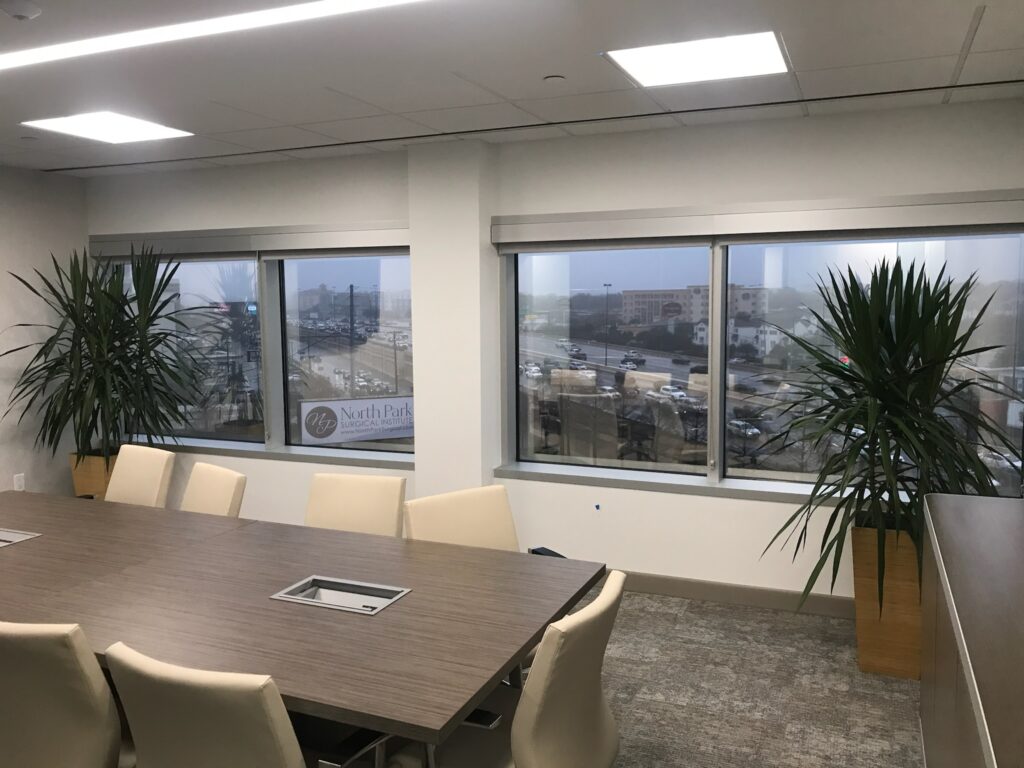
In modern interiors, Dracaena’s sleek, glossy leaves complement minimalist design schemes. Use Dracaena in decorative pots or planters to add a touch of natural beauty and contrast to clean, contemporary lines.
**4. *Tropical Themes:*
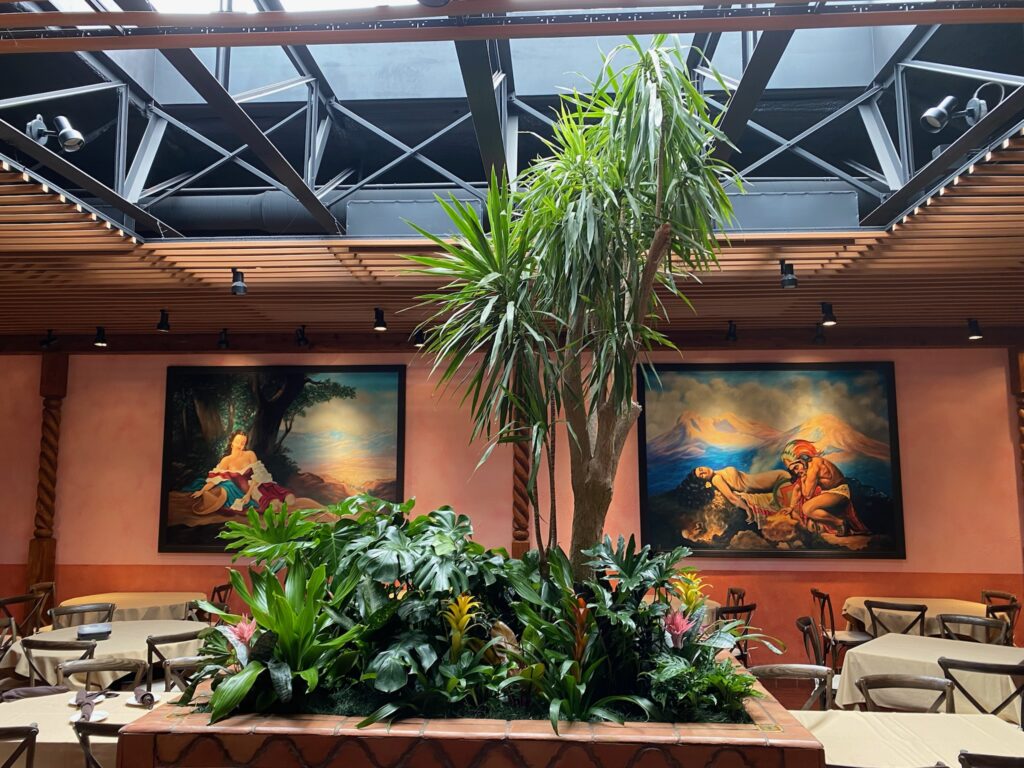
Dracaena’s tropical appearance makes it a great choice for creating a lush, tropical atmosphere. Combine it with other tropical plants, such as palms or ferns, to achieve a cohesive and vibrant look.
**5. *Indoor Partitions:*
For larger spaces, use Dracaena plants as natural partitions or room dividers. Their height and bushy foliage can create a visually appealing separation between different areas of a room, adding both functionality and style.
Challenges and Solutions
While Dracaena is generally hardy, it can encounter some challenges:
**1. *Pests:*
Common pests affecting Dracaena include spider mites, scale insects, and mealybugs. Regularly inspect your plant for signs of infestation and treat any problems promptly with insecticidal soap or neem oil.
**2. *Leaf Problems:*
Yellowing leaves can indicate overwatering, poor drainage, or nutrient deficiencies. Ensure the plant is in a well-draining soil mix and adjust your watering schedule as needed. If the plant is not getting enough nutrients, consider a balanced fertilizer.
**3. *Root Rot:*
Root rot is a common issue for Dracaena, often caused by overwatering or poor drainage. To prevent root rot, ensure the plant is in a well-draining soil mix and avoid letting it sit in excess water. If root rot is detected, remove affected roots and repot the plant in fresh soil.
Conclusion
Dracaena stands out as a versatile and resilient indoor plant, celebrated for its striking appearance, air-purifying qualities, and adaptability to various indoor environments. With its diverse range of species and growth habits, Dracaena can enhance any interior design scheme, from modern minimalism to tropical themes. By understanding its care requirements and incorporating it thoughtfully into your decor, you can enjoy the beauty and benefits of Dracaena in your home or office. Whether used as a dramatic statement piece or a compact design accent, Dracaena continues to captivate and inspire plant enthusiasts and interior decorators alike. Call Plantkeeper Today to see how we can bring one of the amazing plants into your space.
